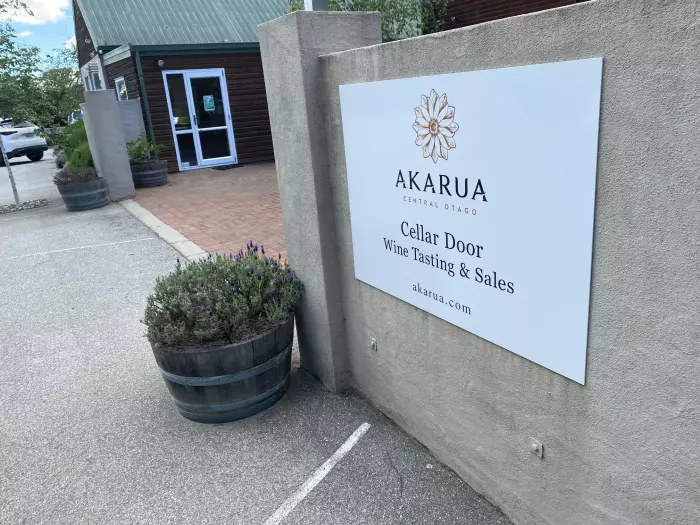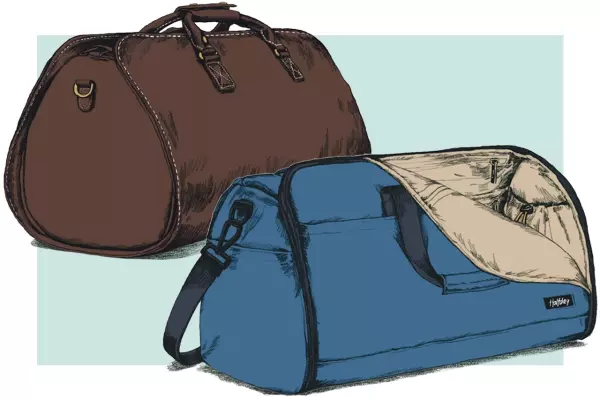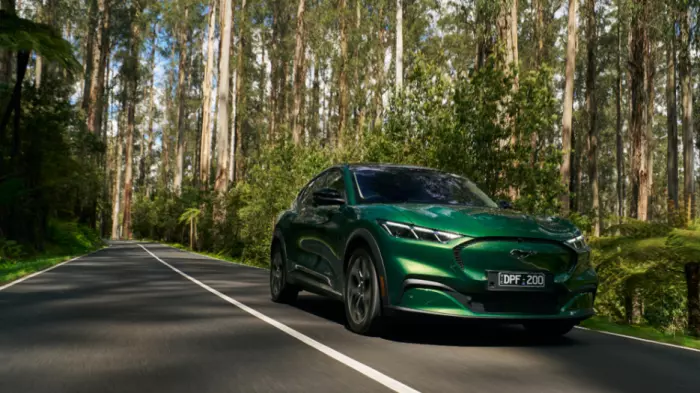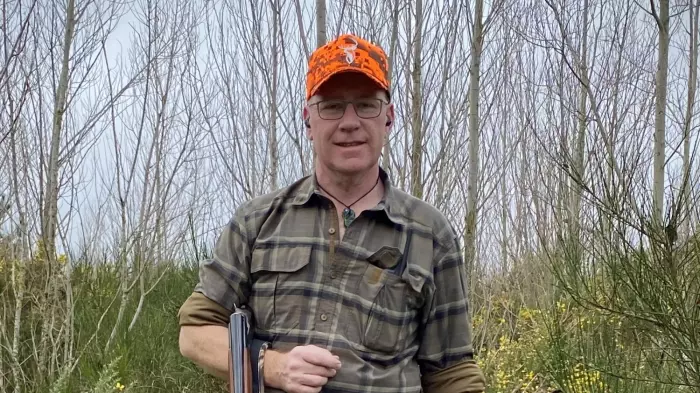Edmond de Rothschild Heritage will convert its latest purchase, the 52-hectare Akarua Estate in Central Otago, to certified organic production as it evolves the pinot noir producer into a top-shelf exporter.
The acquisition, initially announced in May, was eventually granted Overseas Investment Office approval in September for a purchase price of $10.1 million. That was settled on Oct 6.
The Bannockburn estate was founded in 1996 by entrepreneur and former Dunedin mayor Sir Cliff Skeggs.
The Rothschild Heritage brand (EDR-H), the lifestyle investment arm of the Bordeaux-based Edmond de Rothschild Group, has more than 500 hectares of vines across nine estates in Bordeaux; Flechas de Los Andes winery in Mendoza, Argentina; the 100-hectare Macán vineyard in Rioja, Spain; and the Rupert & Rothschild estate near Cape Town in South Africa.
The Skeggs Group, for its part, will retain its Rua wine brand as well as about 90 hectares of vineyards in the Bannockburn and Pisa subregions of Central Otago. That will fall under its new Mora brand, and its Akarua restaurant and cellar door near Lake Hayes have just been rebranded to the Mora Artisan Kitchen.
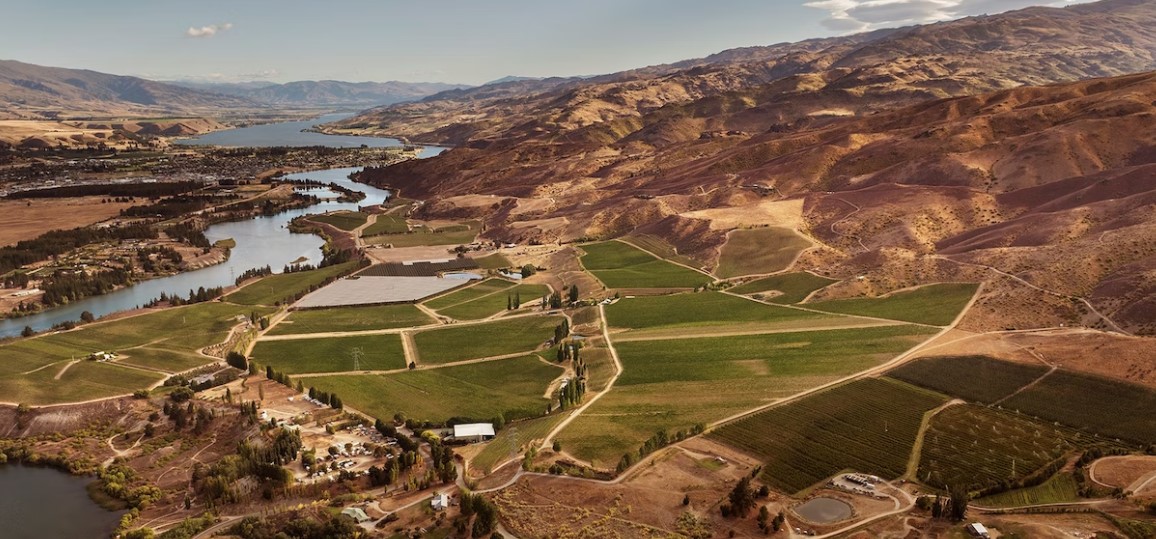 Akarua's glacially formed Cairnmuir Road vineyard. (Image: Akarua)
Akarua's glacially formed Cairnmuir Road vineyard. (Image: Akarua)
The price includes the 34.5 hectares of established vineyards, a cellar door, winery and the Akarua brand. The new owner expects to produce about 60,000 bottles from the next harvest, primarily of pinot noir but including smaller amounts of chardonnay and pinot gris, as it expands the vineyard and makes general production improvements.
About 90% of current production, distributed by Hancocks, goes into the domestic market via Glengarry wine merchants, with small volumes into Australia and the UK and French markets. Locally, Akarua Pinot Noir retails for between $45 and $75, while the whites range in price from $30 to $45.
Akarua is the second New Zealand venture for the global giant, which gained a toehold in the country in 2012 in Marlborough’s Rapaura wine district by buying the 26-hectare Rimapere Vineyard from the Paul family for $3.7m.
That brand, which in Māori means "five arrows", is focused on sauvignon blanc, though four of the 24 hectares under vine are pinot noir. All of it is exported to a variety of the 80 markets the Rothschild brand sells to.
'Exceptional terroirs'
EDR-H estate director Anne Escalle, who manages both NZ vineyards, said the purchase was part of a wider strategy to develop a portfolio of premium international wines from “exceptional terroirs”.
Escalle, who holds a master's degree in viticulture and vineyard management from the school of agricultural engineering in Bordeaux, moved to the Rimapere estate three and a half years ago from Ara Wines.
Six of the existing Akarua staff had come across with the transaction, including former Peregrine winemaker Pete Bartle as senior winemaker.
The plan is to boost staff numbers to about 15 by the end of this month, with 20 across both wineries, Escalle said.
“We intend to give a lot of love and care to the vines, to change to organic and to use regenerative soil techniques for more intense and complex wines, and that takes more people.”
That will include the installation of an underground irrigation system and the sowing of legumes and flowers between rows to retain water and to “remineralise” the substrate. Escalle expects the property to be BioGro accredited by 2026.
 Anne Escalle looks over the Akarua Estate from the "wedding rock". (Image: BusinessDesk)
Anne Escalle looks over the Akarua Estate from the "wedding rock". (Image: BusinessDesk)Exports will also be increased to about a third of production within the next two years.
That's also on the back of strong international demand for NZ wines across the board, although the local industry has been supply-constrained over the past year on the back of a much smaller 2021 harvest.
According to NZ Winegrowers, the national organisation for the grape and wine industry, total NZ wine sales fell 12% for the year to July 2022. Total export values, however, were up 3% to $1.95 billion on the back of improved packaged (bottled) prices, which were up 6% to $9.32 a litre.
Outside of strengthening the international brand, there is also significant investment in the pipeline to not only improve productivity but attract visitors to the region.
Authenticity
Escalle’s plans include a restaurant, a fish-stocked dam and a tasting area at the local "wedding rock", the highest point on the Akarua Estate, which boasts expansive views of the Bannockburn growing district.
The first grape vines were planted in the former gold-mining area in 1991, and the region, at between 195 and 400 metres above sea level, boasts 57 vineyards, owned by 29 owners and totalling about 349 hectares of grape vines.
Given Bannockburn's growing popularity and importance to the wine industry, the Central Otago Winegrowers Association last year submitted a "geographical indication" (GI) application for it to the Intellectual Property Office of NZ (IPONZ).
IPONZ registered the region in February, providing an assurance that the product is authentic and has specific characteristics due to its origin.
Typically, a GI is the place name from which the product originates; for example, champagne refers to sparkling wine that comes from the Champagne region in France.
In NZ, there are 18 wider wine regions listed under the Geographical Indications (Wine and Spirits) Registration Act. But unlike most other intellectual property rights, including trademarks, GIs are assigned as collective rights, meaning that any winery that complies with the provisions governing the use of the GI, including registration, is entitled to use it.


